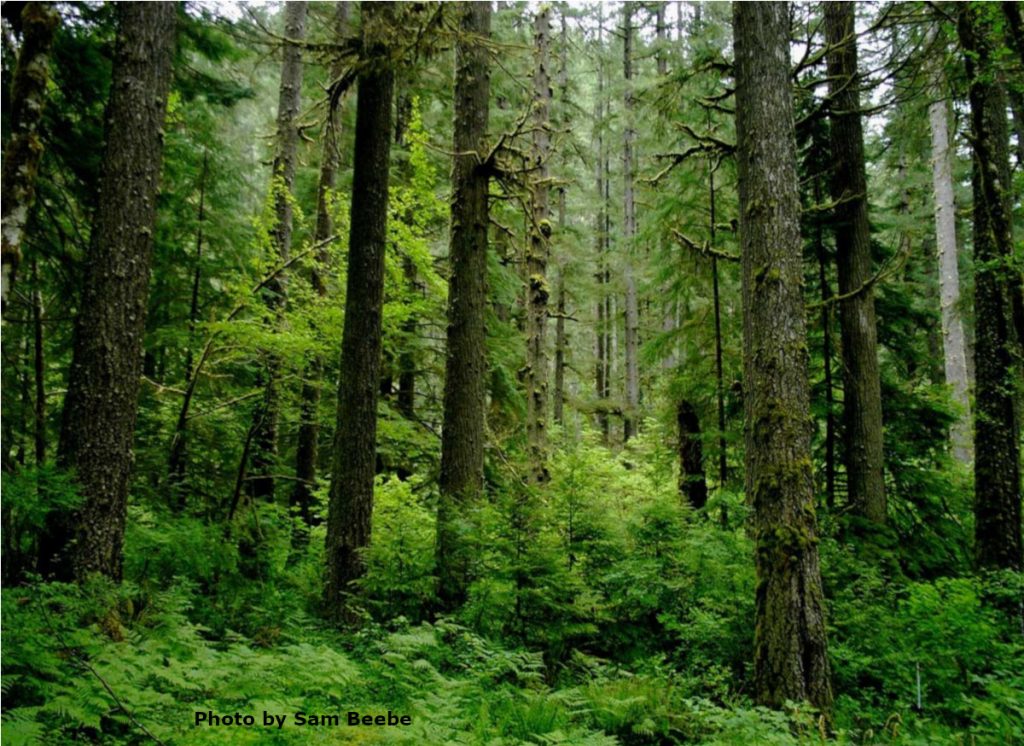Artificial-Light-At-Night (ALAN)
“Lighting is part of the fabric of human structures, yet many people don’t think of it as a pollutant or perceive its harmful effects on nature”
“Most residents don’t realize the effect that lighting can have on their health and their neighbor’s health, both human and non-human.”
- Helm et al. 2024. Artificial light lures migrating birds into cities, where they face a gauntlet of threats.
- Burt and Horton. 2023. Artificial light lures migrating birds into cities, where they face a gauntlet of threats.
- Parlin et al. 2022. Oriented migratory flight at night: Consequences of nighttime light pollution for monarch butterflies.
- van Koppenhagen et al. 2024. LED streetlight characteristics alter the functional composition of ground-dwelling invertebrates.
- Sordello et al. 2025. Does artificial light interfere with the activity of nocturnal mammals? An experimental study using road underpasses.
- Ditmer et al. 2021. Artificial nightlight alters the predator–prey dynamics of an apex carnivore.
- Bedrosian, et al. 2013. Nocturnal Light Exposure Impairs Affective Responses in a Wavelength-Dependent Manner.
- Seewagen et al. 2023. Far-reaching displacement effects of artificial light at night in a North American bat community.
- Spoelstra et al. 2017. Response of bats to light with different spectra: light-shy and agile bat presence is affected by white and green, but not red light.
- Sun et al. 2021. Melatonin: A master regulator of plant development and stress responses.
- Heinen 2021. A spotlight on the phytobiome: Plant-mediated interactions in an illuminated world.
- Meng et al. 2022. Artificial light at night: an underappreciated effect on phenology of deciduous woody plants
- Bucher et al. 2023. Artificial light at night decreases plant diversity and performance in experimental grassland communities..





